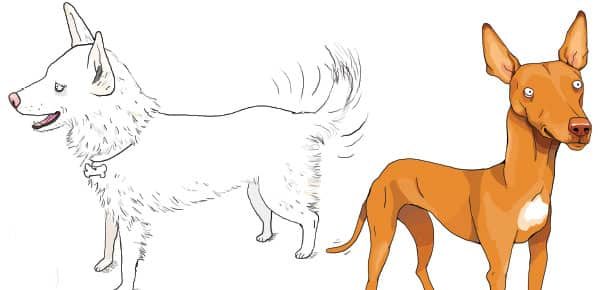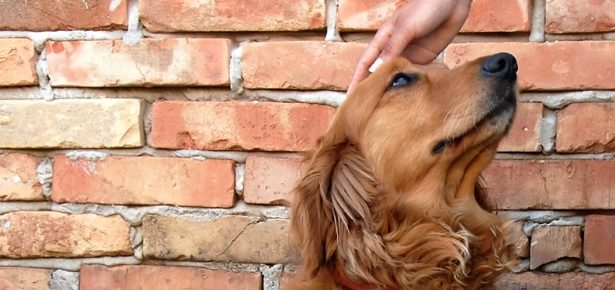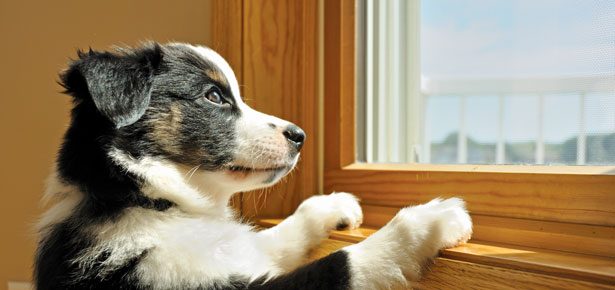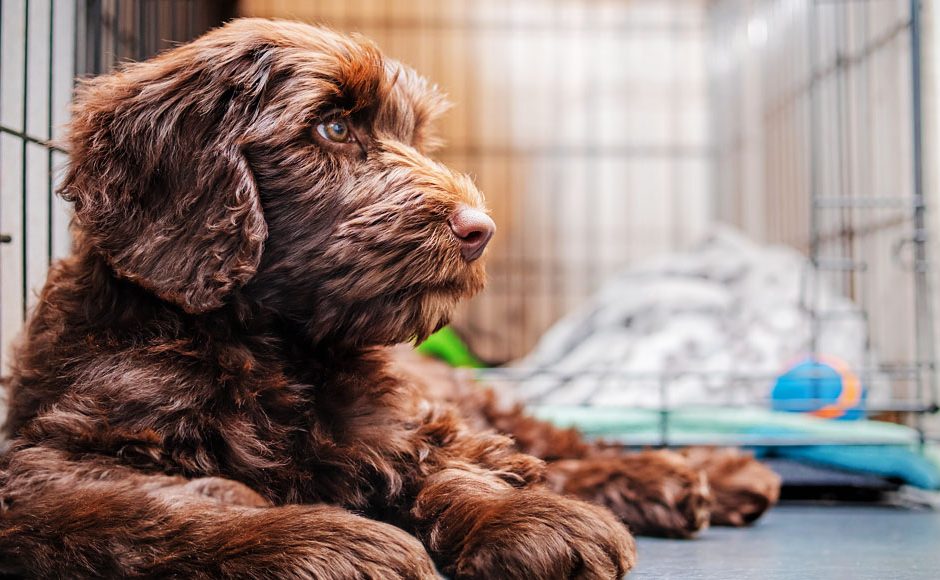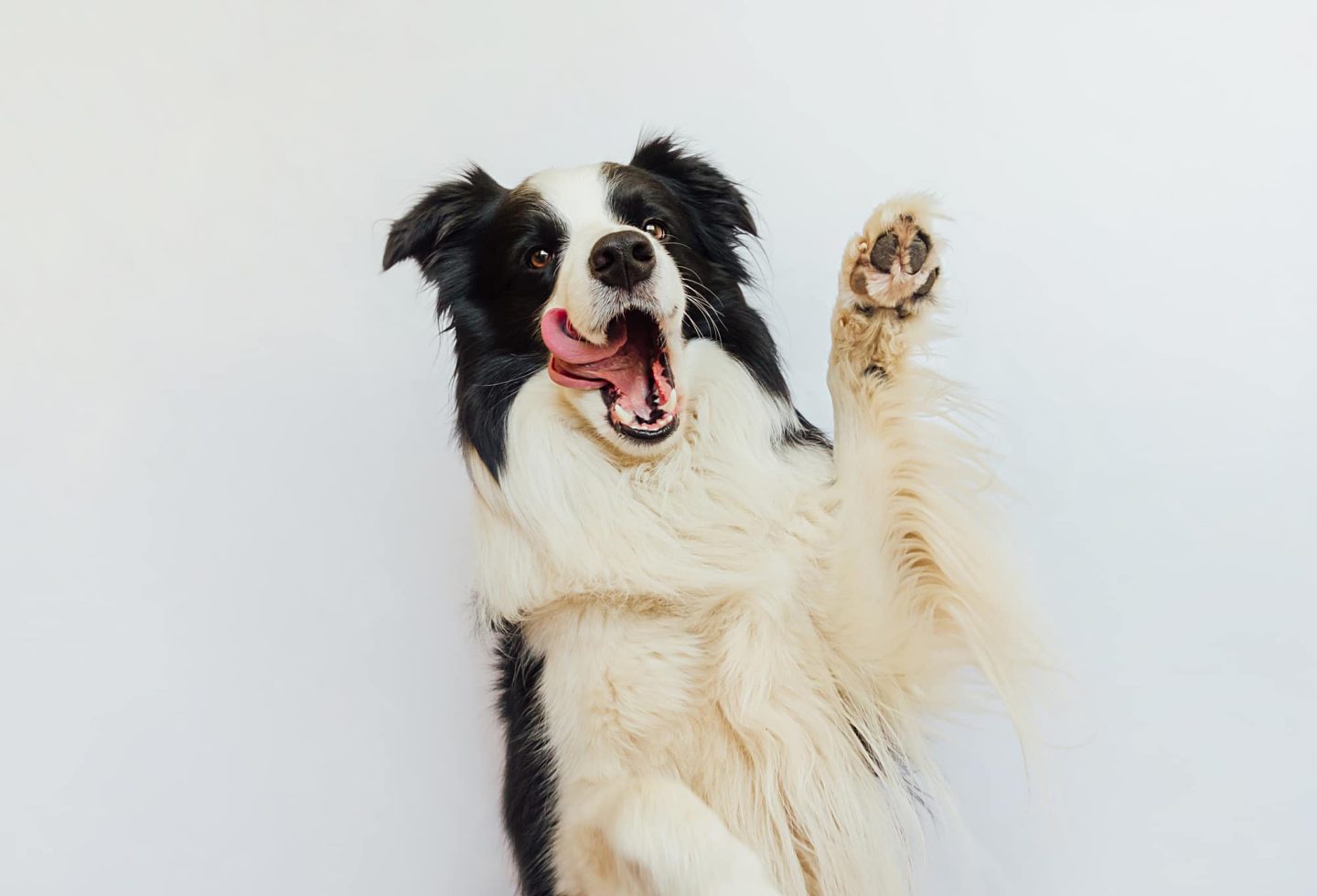
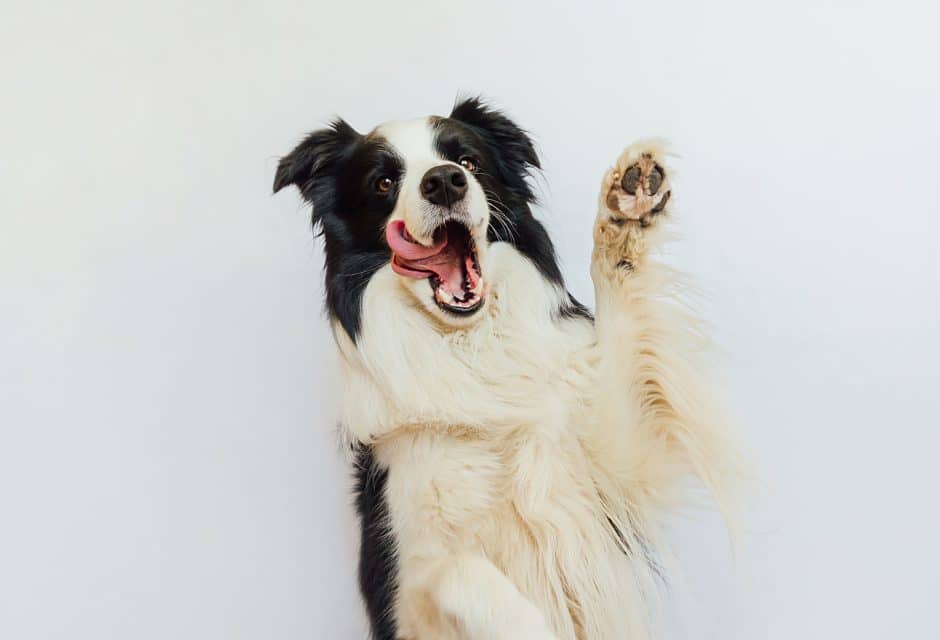
19 Dog Gestures and What They Mean
Your dog is trying to tell you something. Are you reading the signs?
Dogs read our gestures, like pointing, better than any other animal. Neither wolves nor chimpanzees follow our gestures as well as dogs. But are we equally adept at reading our dogs’ gestures?
Dogs learn to understand human gestures from a young age, looking when we point to an object on the ground (Research has shown that puppies can follow a human pointing gesture by just six weeks of age) or sitting when we motion to do so (when they feel like it). The ability to non-verbally communicate in a consistent way and elaborate on a gesture if the desired action isn’t undertaken is called referential gesturing, and it is a surprisingly rare trait in non-human species. A new study, however, provides strong evidence that dogs use these gestures during every day communication with us.
In order to investigate “cross-species referential signalling events in domestic dogs,” researchers at the University of Salford in Greater Manchester followed 37 dogs and their owners, recording all communications to identify the gestures most commonly used by dogs and decode what corresponding actions the dogs wanted undertaken. The study found four main desired outcomes the dogs were attempting to communicate: Give me food/drink (unsurprisingly), as well as Scratch me, Open the door, and Get my toy/bone.
According to the study’s findings, the most common dog gestures and what they mean are:
The Head Turn: Your dog looks at an object, looks at you, looks back at the object. He’s saying, “Fill my food bowl!” or “I want to go outside,” depending on what he’s looking at.
Licking: Your dog wants pets or scratches. Don’t leave him hanging!
Flicking a toy: Your dog holds a toy in his mouth and throws it forward toward you, he wants something to eat or drink.
Rolling over: Your dog wants scratches, and is using body language to direct petting towards his belly.
Plunging Head-First under an object or human: Get my toy or bone!
Understanding what your dog is trying to communicate via gestures can go a long way towards strengthening your bond and making sure your dog’s needs are taken care of.
Read on for all 19 of the study’s recorded canine actions and their corresponding meanings.
Roll over = “scratch me; rub my tummy”

Photo Daxiao Productions/Bigstock
Looks like: Rolling onto one side of the body and exposing the chest, stomach and groin
Head under = “get me my toy”
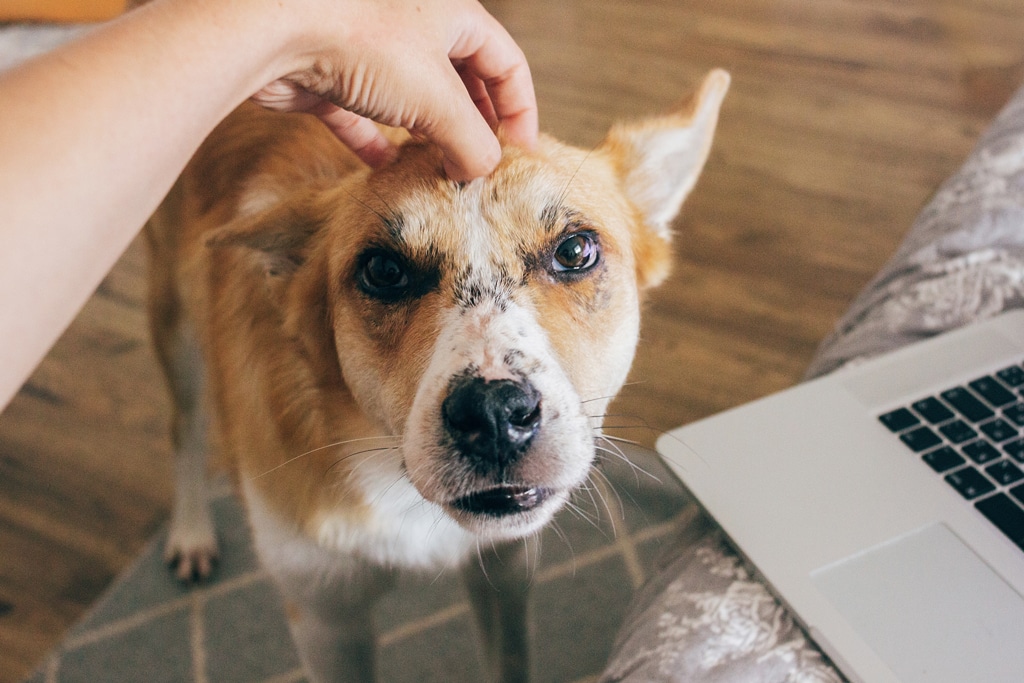
Photo Sonjachnyj/Bigstock
Looks like: Plunging headfirst underneath an object or human
Head forward = “scratch me or give me food/drink” (also less frequently used for “open the door)
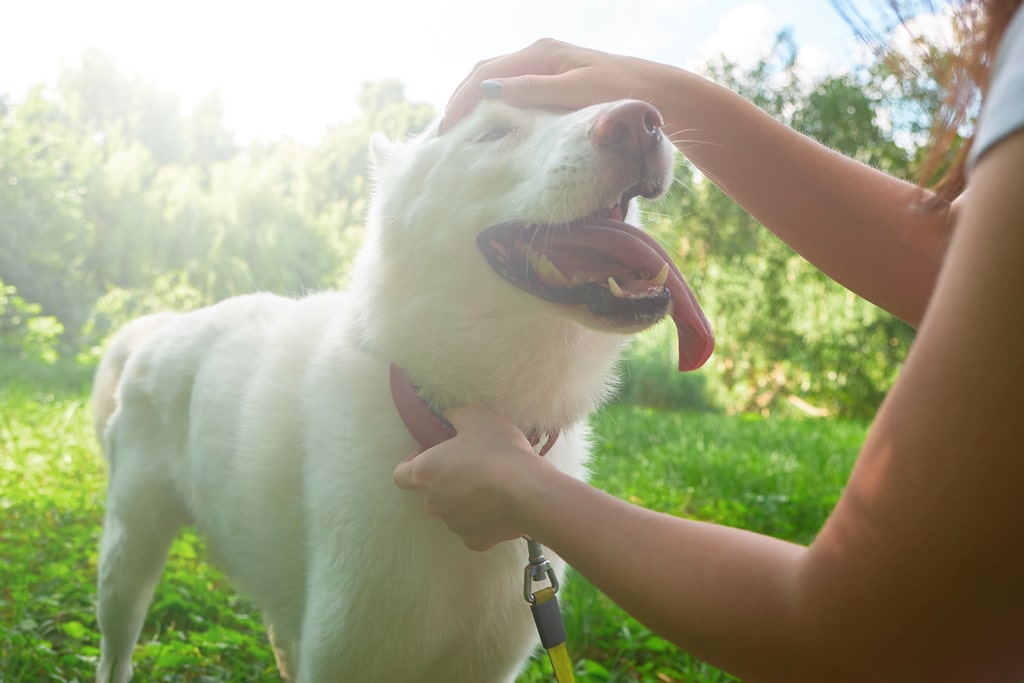
Photo diignat/Bigstock
Looks like: Move the head forwards and up to direct a human’s appendage to a specific location on the body
Hind Leg Stand = “I’m hungry or I want your attention”

Photo Aleks Simonov/Bigstock
Looks like: Lift front paws off the ground and stand on hind legs, front paws are not resting on anything
Back leg up = “scratch me”
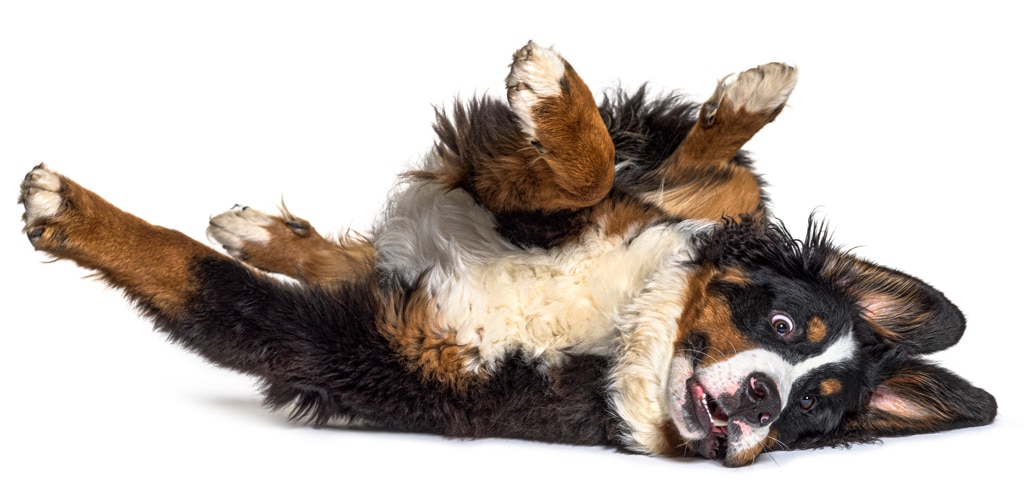
Photo Life on White/Bigstock
Looks like: Lifting of a single back leg while lay on one side of the body
Head turn = “get me that”

Photo PixieMe/Bigstock
Looks like: Head is turned from side to side usually between a human and an object of interest
Shuffle = “scratch me”
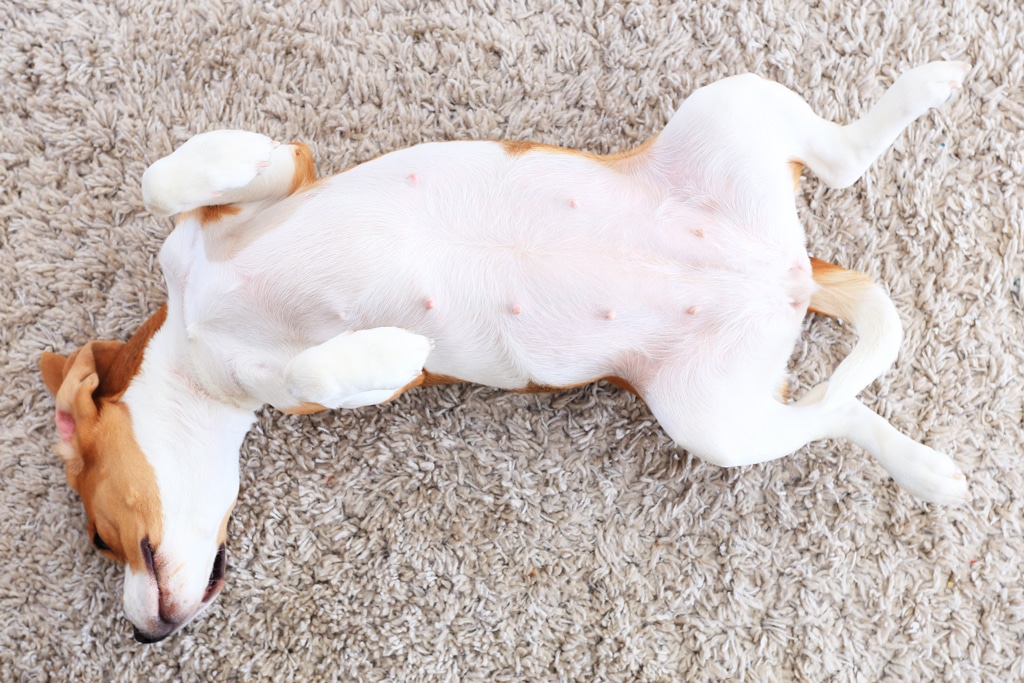
Photo PixieMe/Bigstock
Looks like: Shuffle whole body along the ground in short movements, performed whilst in roll over position
Paw hover = “give me that object I desire”
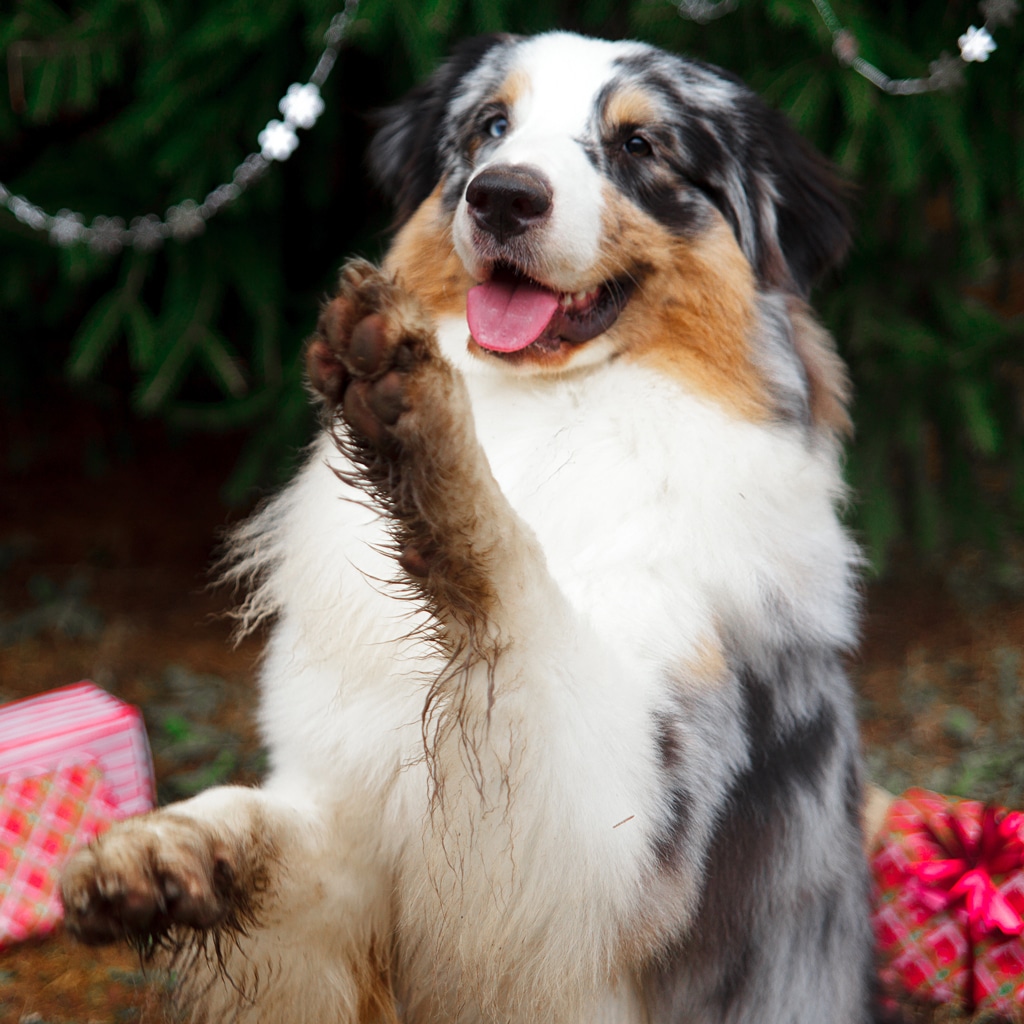
Photo Yolya Ilyasova/Bigstock
Looks like: Hold one paw in mid-air whilst in a sitting position
Crawl under = “get me my toy”
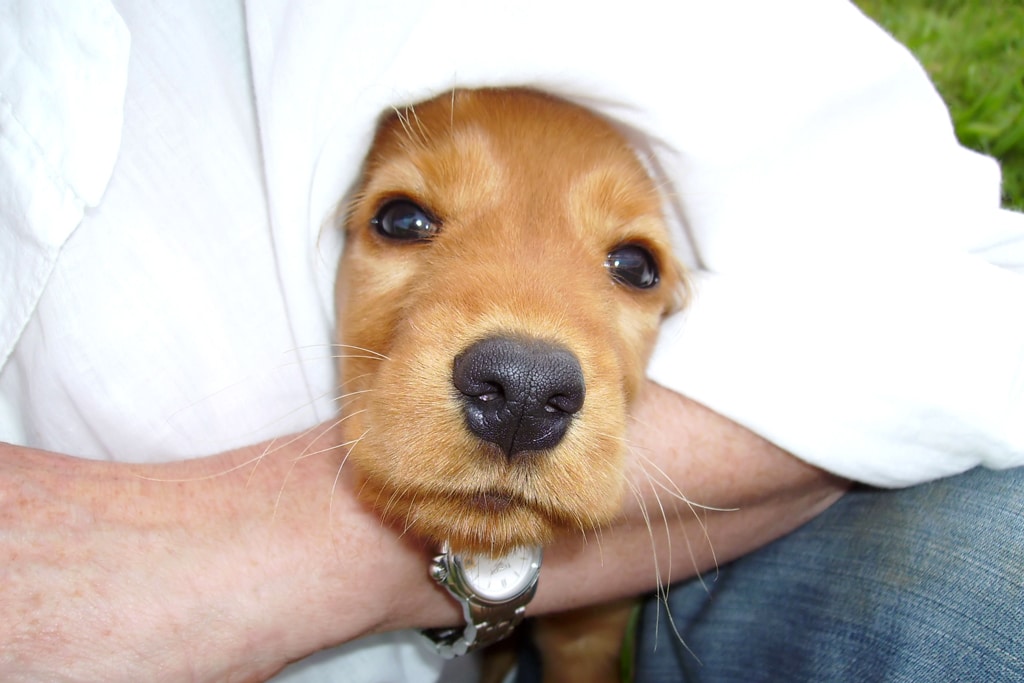
Photo skyemac/Bigstock
Looks like: Move entire or part of body underneath an object or a human’s appendage
Jump = “give me food/drink OR open the door”
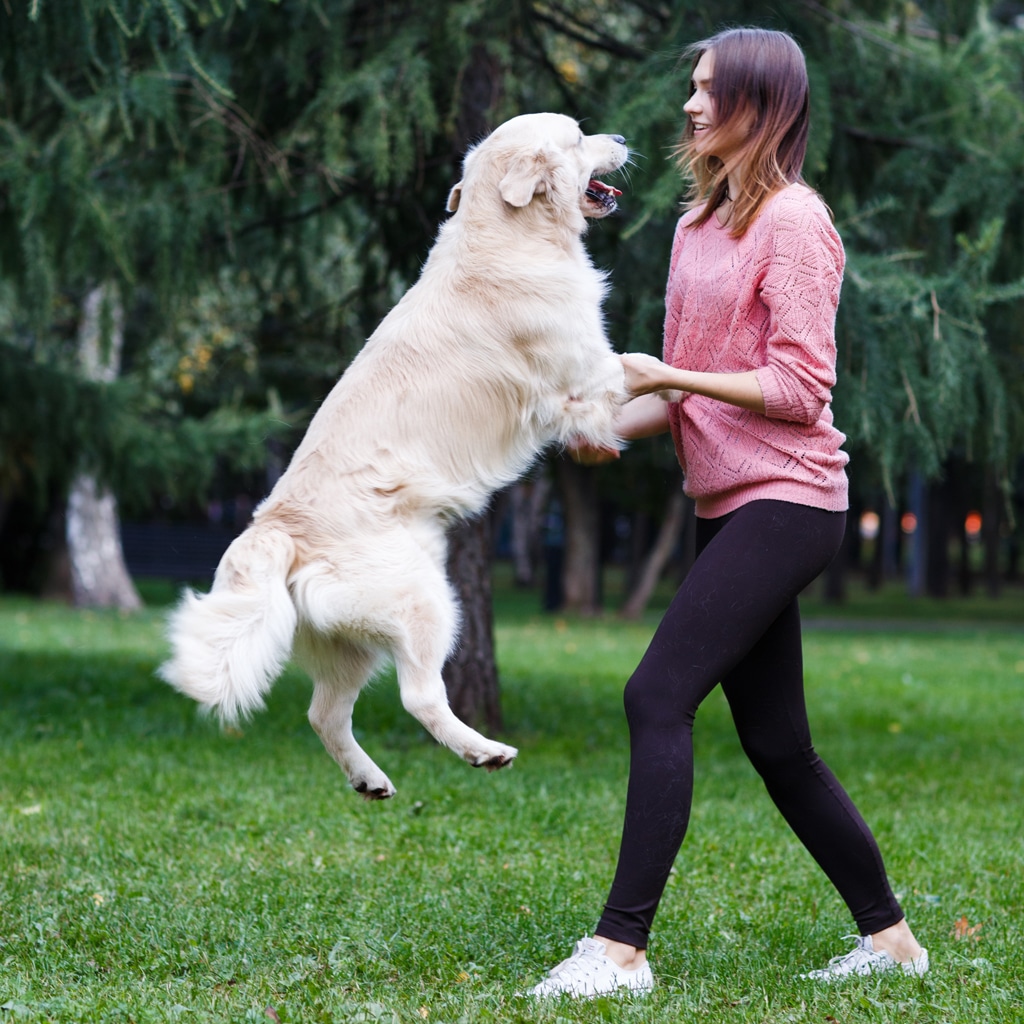
Photo 2shrimpS/Bigstock
Looks like: Jump up and down off the ground, human or an object, usually while staying in one location
Flick Toy = “feed me/give me something to drink”
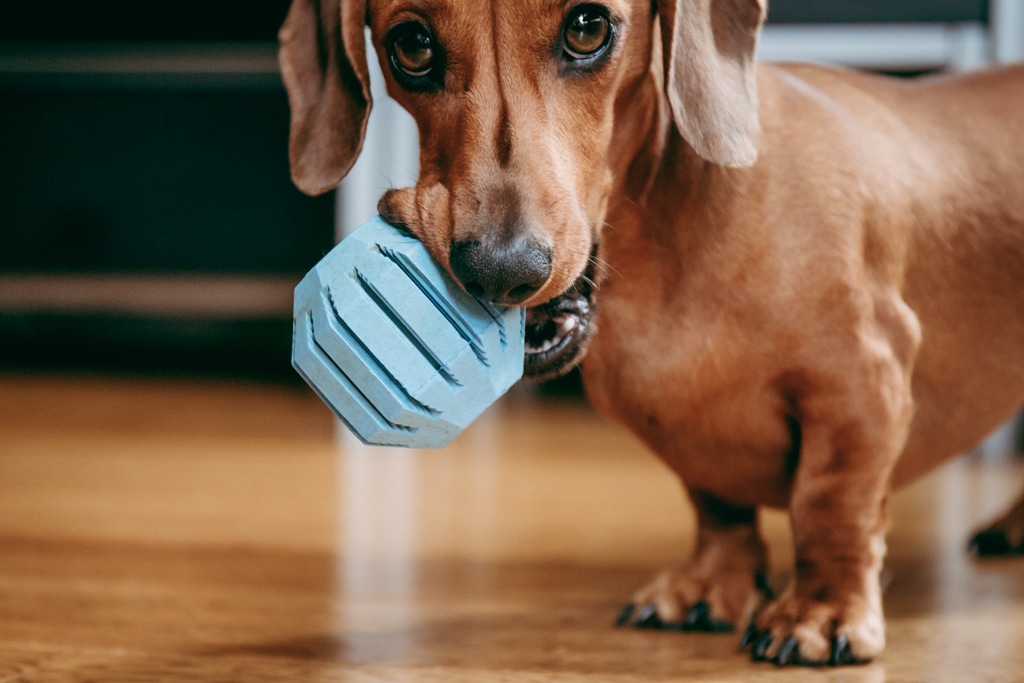
Photo Alena.K/Bigstock
Looks like: Hold toy in the mouth and throw it forwards, usually in the direction of a human
Paw reach = “give me that”
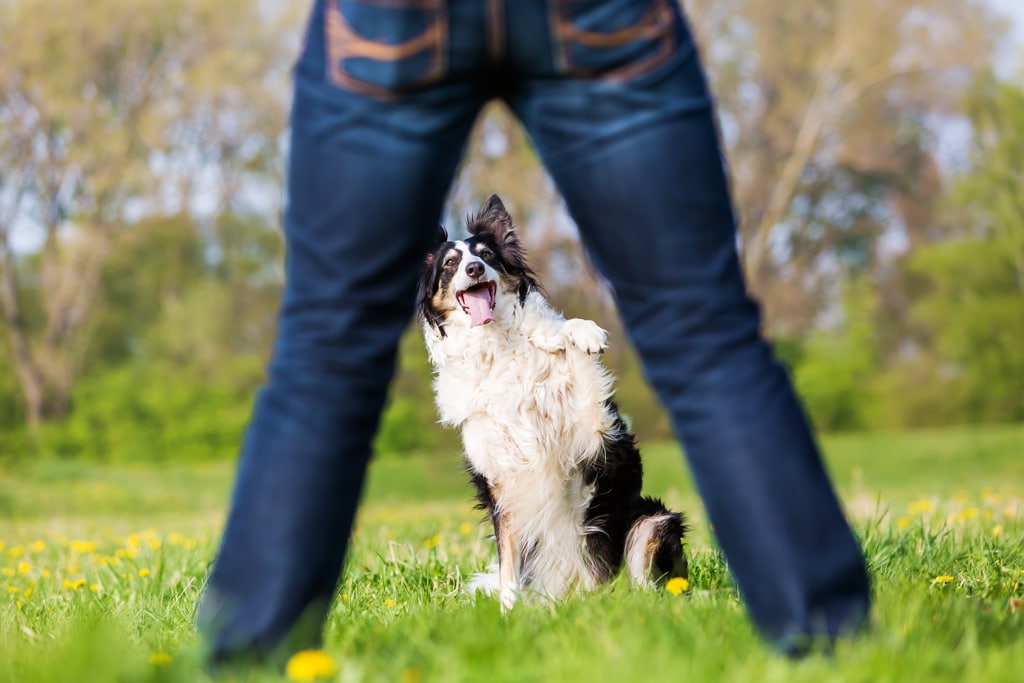
Photo Madrabothair/Bigstock
Looks like: Placing a single paw or both paws underneath another object to retrieve an object of apparent interest
Nose = “scratch me”
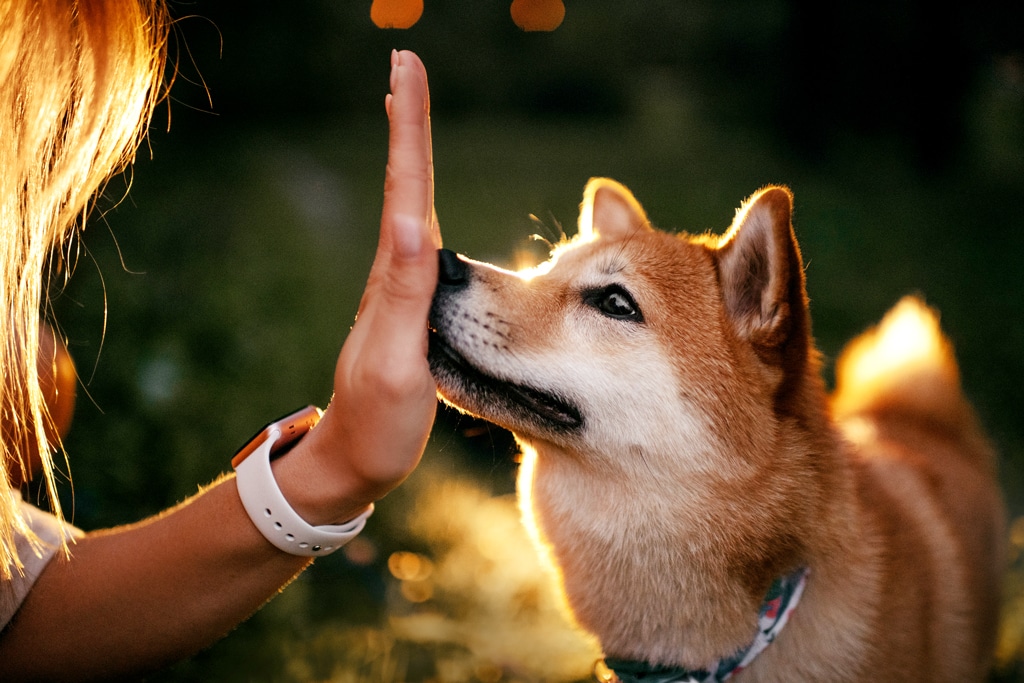
Photo ksuksa/Bigstock
Looks like: Pressing nose (or face) against an object or human
Lick = “pet me”
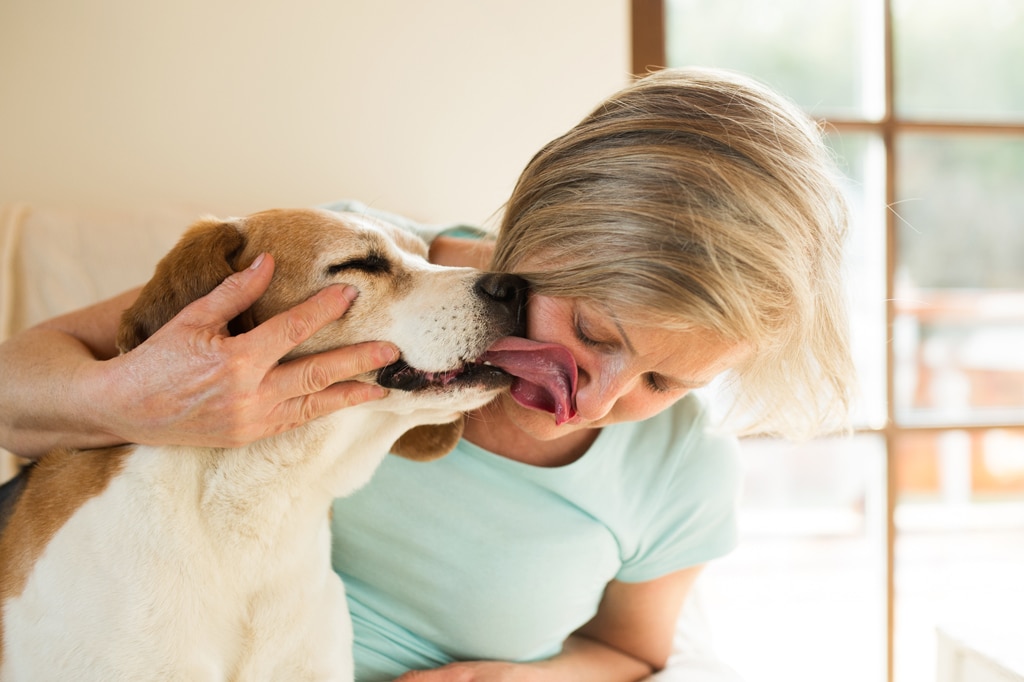
Photo HalfPoint/Bigstock
Looks like: Licking an object or human once or repetitively
Front paws on = “open it”
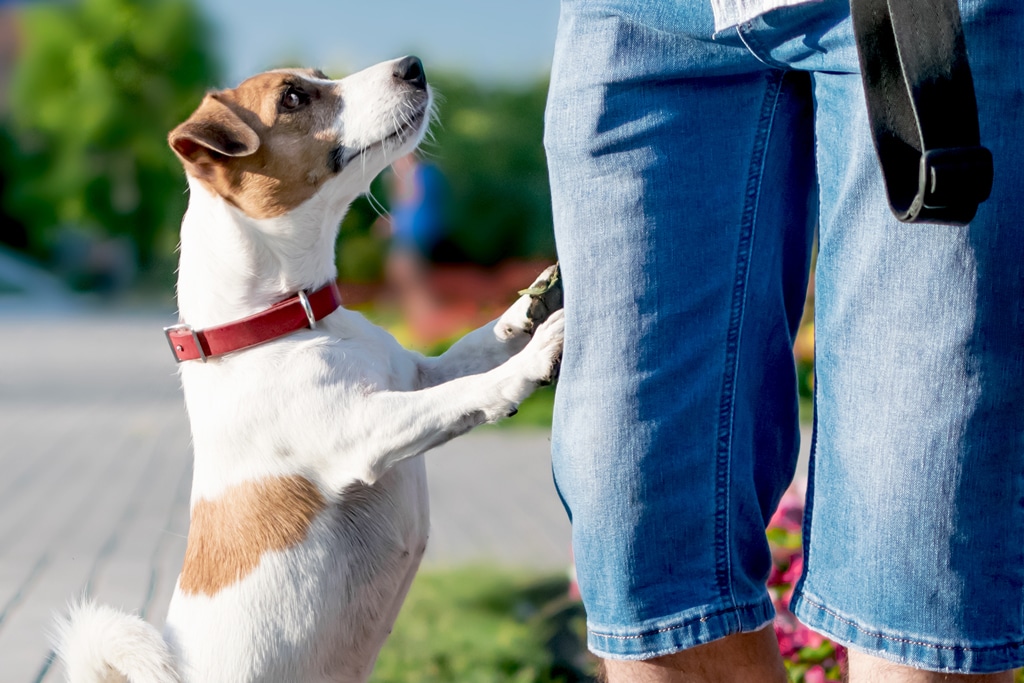
Photo Tanya69/Bigstock
Looks like: Lifting both paws off the ground and resting them on an object or human
Paw rest = “scratch me”

Photo photoboyko/Bigstock
Looks like: Lifting a single front paw and resting it on an object or human
Head rub = “pet me”
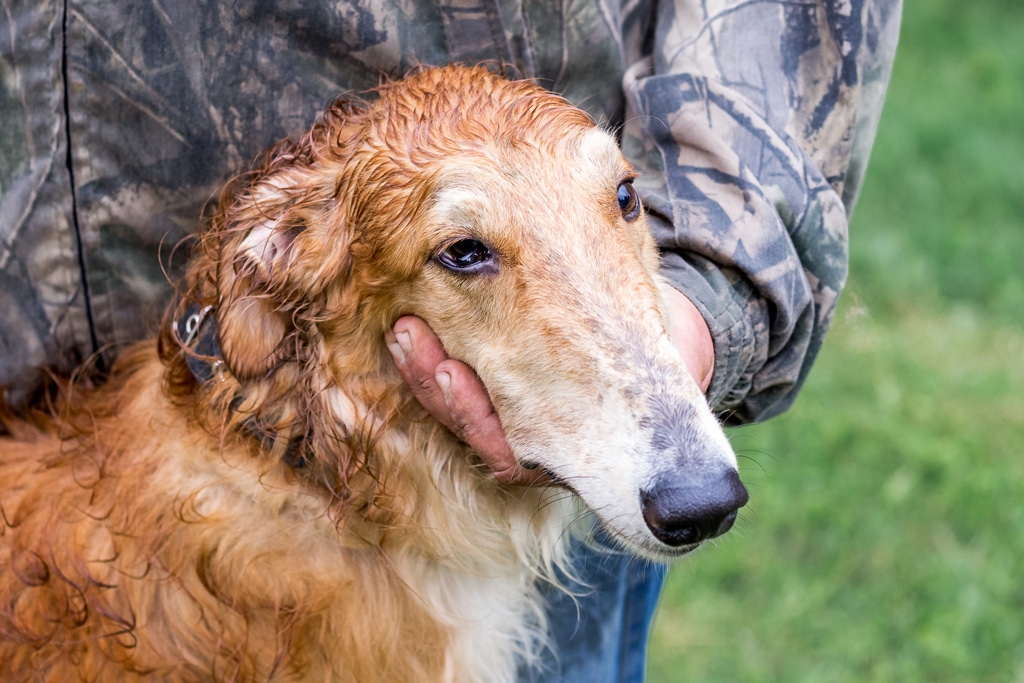
Photo MVolodymyr/Bigstock
Looks like: Rubbing the head against an object or human on which the signaller is leaning on
Chomp = “play with me”
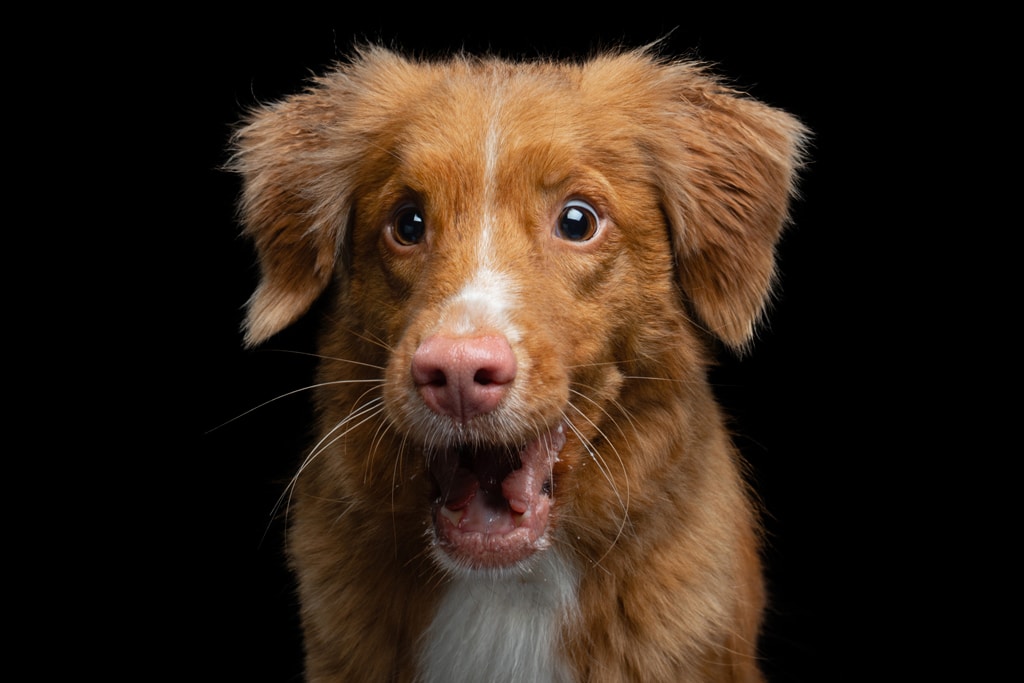
Photo Anna-av/Bigstock
Looks like: Opening the mouth and placing it over the arm of a human whilst repeatedly and gently biting down on the arm
Paw = “I want” used to convey a desire, most commonly a toy, but also food or water, petting, or a door opened.
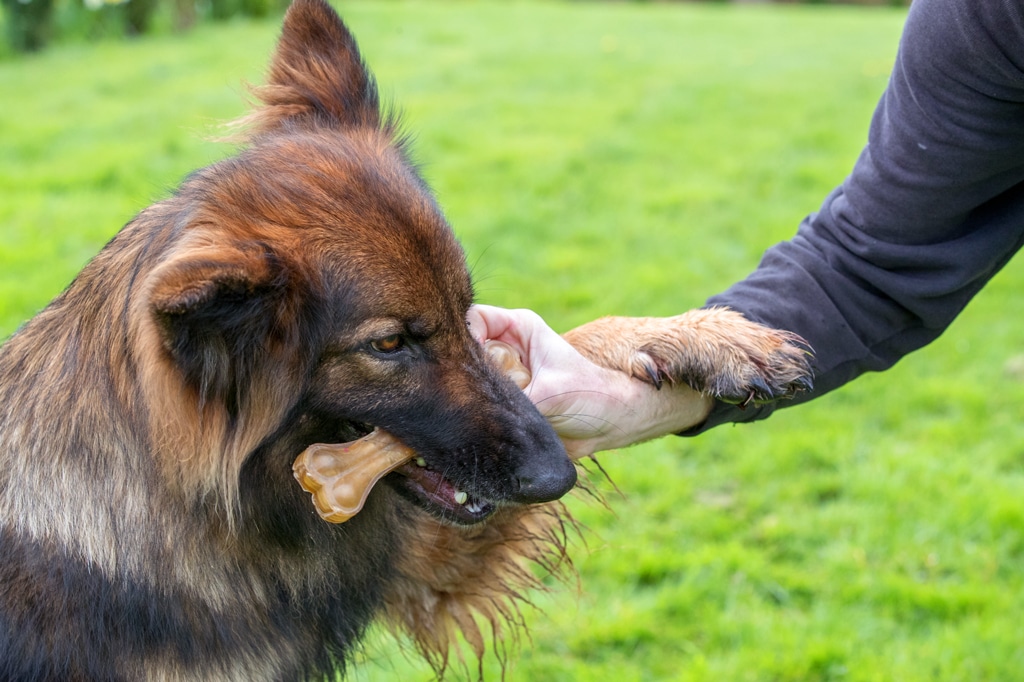
Photo n1kcy/Bigstock
Looks like: Lifting of a single front paw to briefly touch an object or human
Want to learn more about your pup’s behaviour? Learn more about reading your dog’s signals.
Join the newsletter and never miss out on dog content again!
"*" indicates required fields
By clicking the arrow, you agree to our web Terms of Use and Privacy & Cookie Policy. Easy unsubscribe links are provided in every email.

